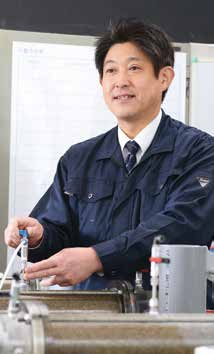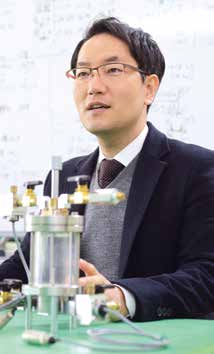Research Area : Geotechnical and Groundwater Engineering
Development of a simple and compact ground survey, and in-situ test method
Since most of ground disasters occur in the unsaturated region, soil tests and ground surveys on unsaturated soils have been performed in order to measure the geotechnical characteristics in unsaturated state. In addition, because it is necessary to evaluate quantitatively the ground behavior at the time of ground disasters, the following two themes are proposed: (1) an in-situ position test on a local scale with a simple and compact test equipment, (2) a ground scale survey on a field scale using a non-destructive measurement method from the ground surface. These would be contributed to evaluate of the safety of levees and slopes.
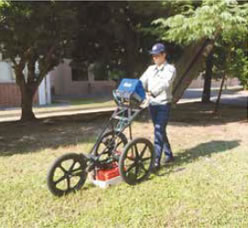
Development of monitoring method and numerical modeling method for safety assessment of levee failure caused by seepage flow
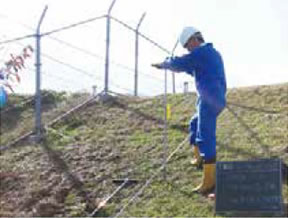
A monitoring method of the soil water content and pore water pressure by the infiltration behavior of the river levee has been proposed for the purpose of contributing to the design and construction work of the river levee by appropriately evaluating the safety of river levee. The construction method of a simulation model that can faithfully reproduce the measurement data by saturation and unsaturated infiltration analysis is developed.
Research Area : Geotechnical and Groundwater Engineering
Developing a flexible and robust communication infrastructure system for a network of sensors used to remotely monitor damage during natural disasters
When a large-scale disaster occurs, it is crucial to have stable data transfer from a network of sensors. For a region considered as high-risk, it is essential that the sensor network and data communication infrastructure be installed and configured within several hours. This study aims to develop a novel sensor network and data communication system for a test site for monitoring slope stability during intense precipitation events.
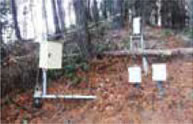
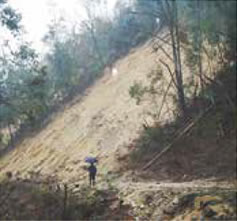
Establishing a technique for monitoring soil and groundwater contamination using Frequency Domain Reflectometry
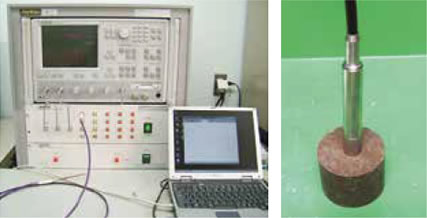
The purpose of this study is to apply a measuring system for subsurface contamination; the FDR (Frequency Domain Reflectometry) and FDR-V (with Vector network analyzer) system are employed to measure salinity and oil contaminants.
Research Area : Geotechnical and Groundwater Engineering
Evaluation of the shear strength and deformation characteristics of unsaturated soils
In order to prevent and reduce ground disasters in unsaturated earth structures (slope, levee, embankment, etc.) caused by a rainfall, it needs to grasp the failure mechanism of soil structures due to the rain infiltration. For this, the shear tests with the water retention test in the laboratory are carried out according to the confining stress state reproducing the state of ground as well as the deformation mode of soil structures. The shear strength and deformation characteristics of the soil structures are examined based on the obtained results.
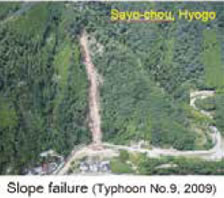
Applicability of water repellent soil to overlayer of capillary barrier using laboratory model test
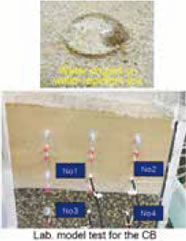
According to the past research results, since the maximum division length (LD) in the laboratory model experiment is less than 300cm, it would be difficult to realize the application to unsaturated ground structures. Thus, laboratory model tests for the capillary barrier (CB) using the wettable and water repellent soils according to rainfall condition in this study are performed, and the applicability of the water repellent soil based on the obtained results is examined. It is expected that the more stable unsaturated ground structure would be realized by applying the water repellent soil to the sand layer of the CB system.



